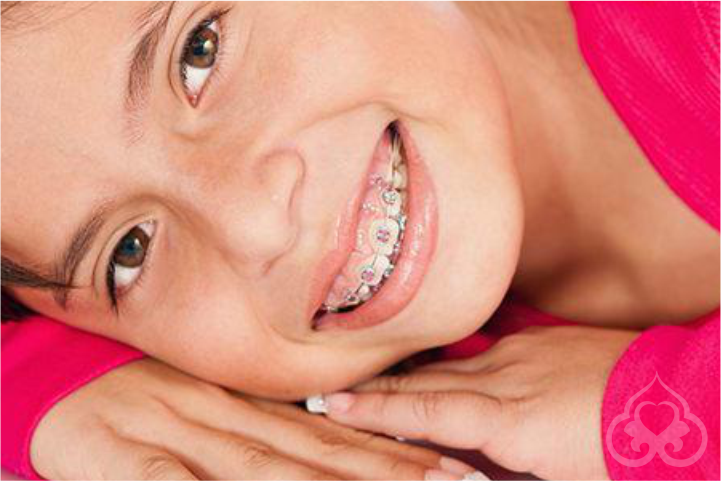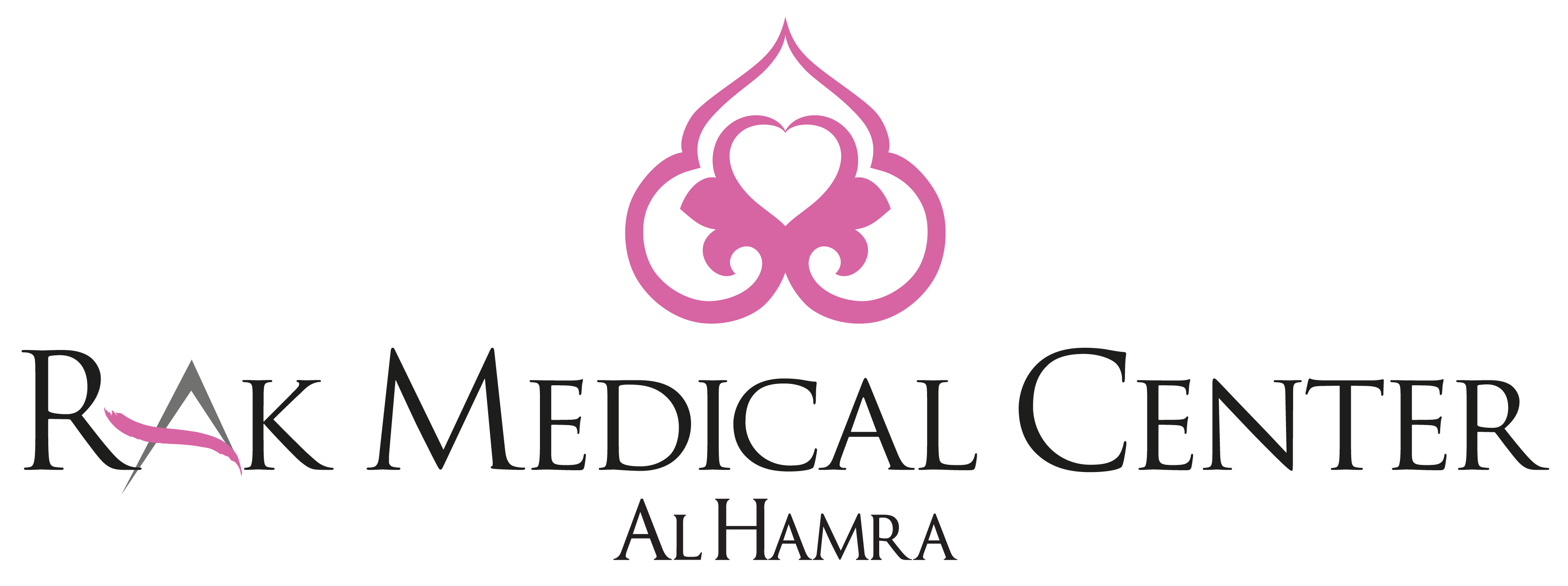
A beautiful smile depends on a healthy mouth
Everybody knows that braces, or orthodontics, straighten their teeth and improves their smile, but it is important to understand that good oral hygiene is the key to keeping your teeth and gums healthy and attractive long after your braces come off.
In order to keep your teeth plaque-free and avoid the unsightly “white spots” that can develop around your braces, you need to understand how to keep your teeth and orthodontic devices clean. Brushing and flossing with braces requires extra effort but that effort will pay off in the long run.
How should I brush with braces?
How your teeth look when your braces come off depends on how you take care of them while they are on. An orthodontic toothbrush is specially designed to use and clean around orthodontic appliances. Before you get started, remove elastic, bands or removable parts of your orthodontic appliances.
- Hold the brush parallel to the floor against the side of your teeth. Guide the brush head from tooth to tooth, following the natural curve of your teeth and gums
- Hold the brush in lace on each tooth for a few seconds before moving on to the next tooth
- Don’t forget to brush the insides of teeth, the tops of teeth, and the back of your mouth behind your back molars
- Clean brackets by angling the brush head against them. Make sure the brush also cleans under the wires
Remember to replace your toothbrush or brush head every 3 months so it continues to clean efficiently.
Flossing with braces?
Although it can be difficult, for healthy teeth and gums, flossing with braces is still very important.
- Insert the floss threader between 2 teeth below the wires of your braces. Pull the floss halfway through
- When you reach the gumline, pull the floss into a C-shape
- Make sure to floss below the gumline with a gentle up-and-down motion
Don’t forget to rinse
Rinse twice a day, after brushing, to help prevent cavities, strengthen enamel, and freshen breath. Use a fluoride toothpaste without the burn of alcohol.
Braces Background
Knowing a bit about how orthodontics work can help you prepare for the braces pain you might experience. Braces place continuous pressure on the teeth to slowly move them into a different position. The key components of braces are:
Brackets: a bracket is attached to each tooth or to a band placed around the tooth. Brackets hold the wires that actually cause the teeth to move. Braces pain associated with brackets may include pain from the band or the brackets.
Wires: The wires used for braces are known as arch wires. They are attached to the brackets, and an Orthodontist adjusts them at regular visits. Sometimes braces pain occurs soon after the braces are adjusted.
What Causes Braces Pain?
Braces can correct misaligned teeth to improve your smile and your dental health, but braces pain can make you uncomfortable. The exact cause of braces pain is unknown, but it may be attributed to internal or external factors.
Internal: Some research has shown that braces pain may be caused by changes in blood flow that occur when the braces apply pressure to the teeth.
External: The physical rubbing of the brackets and wires can cause braces pain in the soft tissue inside the mouth. This type of braces pain usually lessens with time, as the tissues become tougher. Sometimes one of the arch wires can cause braces pain by poking into the back of the mouth, but orthodontic wax can usually relieve this pain.
Other Strategies to Help Relieve Braces Pain
Try these tips to relieve braces pain:
Eat Soft – If you tend to experience braces pain after an orthodontic adjustment, stick to soft foods, such as Jello, pasta, and soft-cooked vegetables for the first day or so.
Brush Soft – a soft-bristled toothbrush can help ease braces pain.
Protect Your Braces to Avoid Pain – If you play contact sports while wearing orthodontics, be sure to use a mouth guard. Being hit or falling during sports can cause brakets to break or wires to come loose, which causes braces pain and adds to the expense of orthodontic care.
Try these tips to keep children on track:
- As preteens become more conscious of their appearance, it can be helpful to remind them that good oral care can help them look and feel better
- Remind your child to brush twice a day with a fluoride toothpaste for a full two minutes which not only fights cavities and strengthens teeth, but also gives older kids the confidence of having fresh breath. A power toothbrush might make brushing more fun for preteens.
- Flossing is extremely important at this point as most permanent teeth have erupted and cleaning between them will help prevent cavities and keep their mouth fresh
- Encourage children who play sports to wear a mouth guard to protect their teeth from injuries
- Make sure kids who wear braces use a power brush and floss very thoroughly to avoid white spots on teeth when braces come off
Benefits of Braces
Braces pain can be uncomfortable, but wearing braces to improve your bite can help to eliminate other types of mouth and tooth pain caused by misaligned teeth. Other benefits of braces include:
Easier Oral Care – straight teeth are easier to clean, so you will be at less risk for tooth decay and gum disease.
Increased Confidence – when braces have corrected your misaligned teeth, you will enjoy the improved self-confidence that comes with a healthy smile!
Areas of Expertise
- Cleft Lip and Palate
- Functional jaw deformities and Dental Malocclusion
- Treatment of all orthodontic cases including adult and children
- Certified orthodontist for clear aligners

